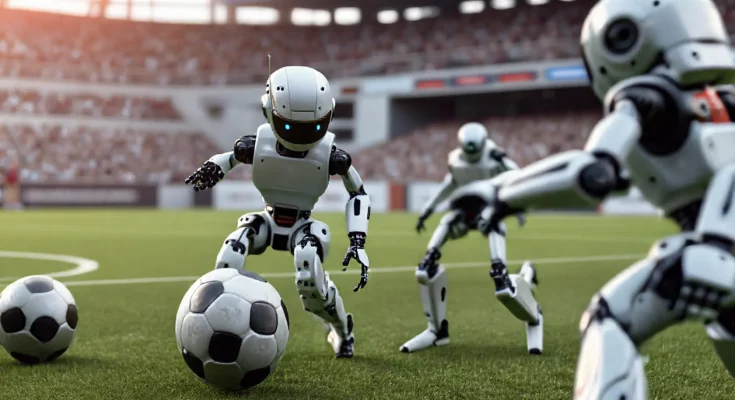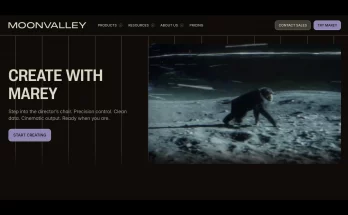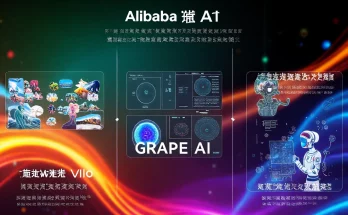In a thrilling yet clumsy display of technology, China witnessed its first ever fully autonomous AI robot football match on June 28, 2025. This groundbreaking event took place in Beijing during the inaugural RoBoLeague robot soccer competition, where teams competed using the innovative T1 robots from Booster Robotics.

The Showdown of Robotics
The atmosphere was electric as four teams of humanoid robots took to the field, engaging in a three-a-side soccer match powered entirely by artificial intelligence. The modern sport is often criticized for its overly tactical nature, but the match in Beijing went to show that AI has a long way to go before it can replace human players like Kylian Mbappé.
Clumsy Yet Endearing Performances
Viewers were treated to an amusing spectacle as the robots struggled to perform basic football skills such as kicking the ball or even standing upright. Many of them showcased awkwardness that would surely have earned human players yellow cards for diving. Unfortunately, two robots had to be “stretchered off” for failing to rise after falling down.
The Genius Behind the Robots
Cheng Hao, the founder and CEO of Booster Robotics—the company behind the robot players—expressed that sports competitions provide an ideal testing ground for humanoid robotics. Despite Saturday’s comedic failures, Cheng remains optimistic about the future where humans may compete against robots in football matches. He stressed the importance of safety, saying, “we must ensure the robots are completely safe.”
A Competitive Edge
The teams competing in the RoBoLeague were primarily university students who adapted the robots using their own unique algorithms. This innovative approach reinforced the educational aspect of the event, showcasing both the technological and competitive spirit of students across various universities.
In the final match, Tsinghua University’s THU Robotics triumphed over the China Agricultural University’s Mountain Sea team with a score of 5–3, clinching the championship title. One enthusiastic supporter from Tsinghua praised their victory while acknowledging the Mountain Sea team’s impressive performance, noting: “They [THU] did really well, but the Mountain Sea team was also impressive. They brought a lot of surprises.”
Future Implications of AI in Sports
This inaugural robot soccer match stirred discussions about the potential future of AI in sports. As robotics technology advances, the idea of humans versus robots on the football field could become a common sight. Nevertheless, the event also highlighted that achieving the finesse and skill levels of human players in sports will take significant time and technological improvements.
The debut of AI in football through the RoBoLeague has not only captivated audiences but has also laid the framework for future innovations in robotics and sports. While the journey for AI players to reach human-like capabilities is still in its infancy, events like these will undoubtedly drive research and interest for years to come.
- China’s landmark event showcases the intersection of sports and technology.
- Humanoid robots provide a platform for testing AI capabilities.
- Future competitions could evolve to include human participation.



